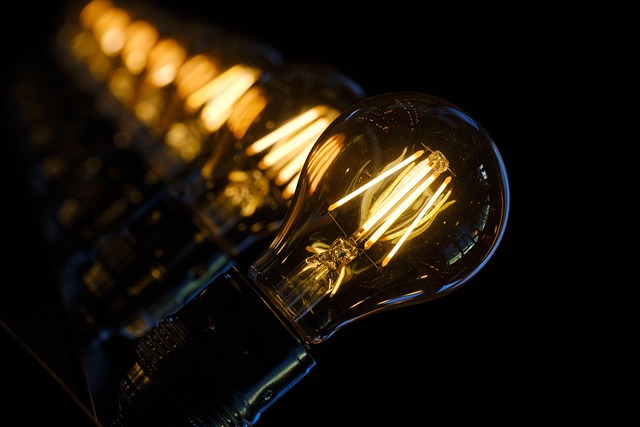Understanding the Power of Lighting in Photography
Photography is more than just a click of the shutter; it’s a delicate dance of lighting and composition. The way light interacts with your subject can make or break a photograph. Whether you’re capturing a serene landscape or a bustling city scene, understanding the nuances of lighting can elevate your photography to new heights.
Natural Light: The Photographer’s Best Friend
One of the most accessible forms of lighting is natural light. The golden hour—the hour after sunrise and before sunset—is renowned among photographers for its soft, flattering glow. This is the time when shadows are elongated, colors become vibrant, and everything feels magical. As you lift your camera, take a moment to assess how the lighting interacts with your subject. Is it creating depth? Highlighting textures? Understanding this can transform a standard photo into something breathtaking.
Artificial Lighting: Harnessing Creativity
While natural light has its charm, sometimes you need to bring your own lighting to the scene. Artificial lights such as speedlights, strobes, or continuous lights allow you to control the atmosphere of your photos. Experimenting with various modifiers like softboxes and reflectors can soften harsh shadows or add a dramatic flair. With an understanding of how light wraps around your subject, you can manipulate the mood and tone—turning an ordinary snapshot into a work of art.
Using Light to Define Texture and Form
The way light interacts with an object can reveal its texture and form, adding a layer of depth to your photos. Pay attention to how light falls on surfaces; use side lighting to emphasize textures such as bark on a tree or the fine details of a flower petal. Your camera’s optics play a crucial role here—different lenses can alter perceptions of lighting, allowing you to create unique perspectives.
Balancing Light to Achieve Harmony
In the world of photography, balance is key. Whether you are out in nature or setting up a studio, keeping an eye on your light sources is essential. Overexposure can wash out details, while underexposure can render your subject nearly invisible. Understanding your camera’s settings—like ISO, aperture, and shutter speed—can help you make precise adjustments to achieve the harmonious lighting ratio that makes your subject pop.
Post-Processing: Enhancing the Impact of Lighting
Even after taking a shot, the journey of lighting isn’t over. Post-processing techniques can enhance your photo’s natural light characteristics. Programs like Adobe Lightroom and Photoshop give you tools to adjust exposure, contrast, and vibrancy, allowing you to further manipulate how your audience perceives the scene. Remember, though, the goal is to enhance—not overpower—what nature has created.
Practice Makes Perfect
Ultimately, mastering lighting techniques in photography requires practice and patience. Whether you are shooting with your smartphone, a DSLR, or a mirrorless camera, take the time to experiment with different light setups. Each click of the shutter is an opportunity to learn about how lighting can transform your perspective. Remember, every photographer has their own unique journey, and the way you perceive and capture light will become your signature style.
So grab your camera, step outside, or set up in your studio, and let the magic of lighting guide you to capturing stunning images that resonate with your creative vision.




